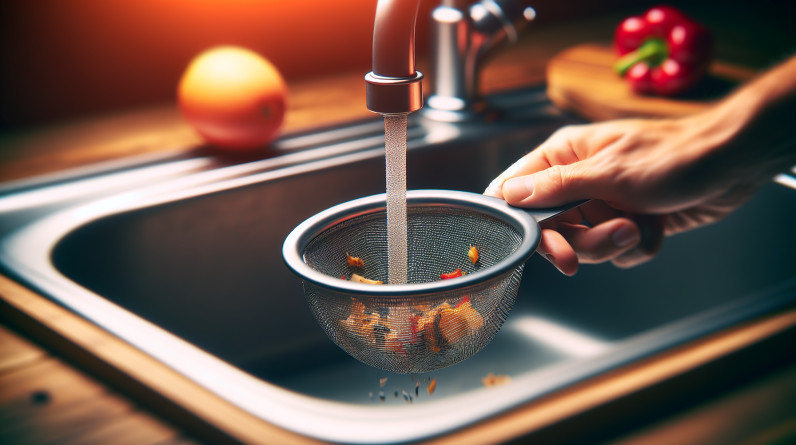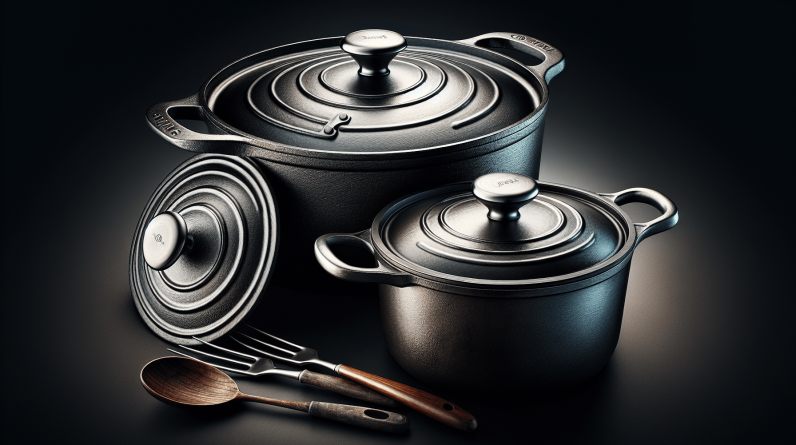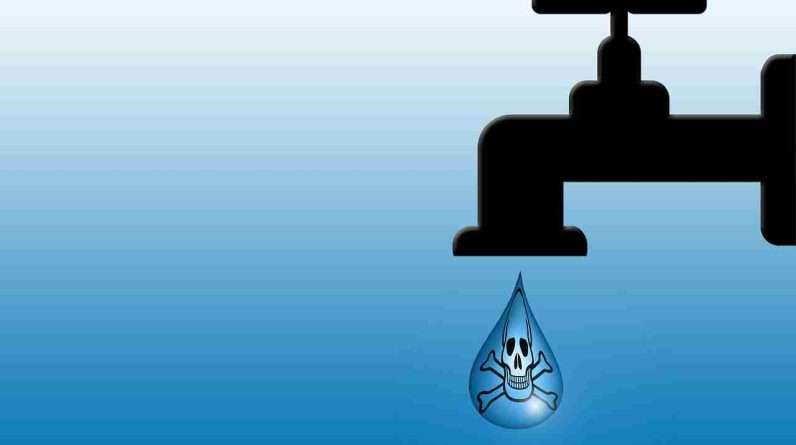In this article, we will discuss the different materials commonly used for kitchen cabinets and help you understand their pros and cons. By the end of this read, you’ll have a better idea of which material suits your needs and preferences. We’ll cover popular options like solid wood, plywood, and laminate, highlighting their durability, cost-effectiveness, and aesthetic appeal. So, let’s dive in and find out the best material for your kitchen cabinets! When it comes to choosing the right material for your kitchen cabinets, there are several factors to consider. From durability and aesthetics to budget and maintenance requirements, finding the perfect material can make a significant difference in the overall look and functionality of your kitchen. In this article, we will explore the different types of materials commonly used for kitchen cabinets, their pros and cons, and what to consider when making your decision.

Different Types of Materials for Kitchen Cabinets
Solid Wood
Solid wood is often considered the gold standard for kitchen cabinets. It offers exceptional durability and strength, making it a top choice for homeowners. Additionally, solid wood cabinets boast natural beauty and aesthetics, as the grain and texture of the wood can enhance the overall look of your kitchen. There is also a wide variety of wood options available, allowing you to choose the one that best suits your style and preferences. However, solid wood cabinets do come with a higher price tag compared to other materials. Additionally, they are susceptible to moisture and temperature changes, which can cause them to expand or contract over time.
Plywood
Plywood is another popular material for kitchen cabinets. It is made by layering thin sheets of wood and gluing them together. This construction method gives plywood cabinets excellent strength and durability. Plywood cabinets also offer improved resistance to moisture compared to solid wood, making them a great choice for kitchens where water exposure is common. Plywood cabinets are generally more affordable than solid wood, allowing homeowners to achieve a high-quality look without breaking the bank. However, plywood cabinets may have limited aesthetic options as the outer layers of the wood are often covered with veneer or laminate. There is also a concern that some plywood cabinets may contain formaldehyde, a chemical that can be harmful when emitted into the air.
Medium Density Fiberboard (MDF)
MDF is a composite material made from wood fibers and resin that is pressed together. It is an affordable option for kitchen cabinets and is known for its smooth and consistent surface. MDF also offers resistance to moisture and warping, making it suitable for kitchens with high humidity levels. However, MDF cabinets may not have the same durability as plywood or solid wood cabinets. They are more prone to dents and scratches and may not hold up as well against heavy use. Nevertheless, if budget is a major consideration, MDF cabinets can be a cost-effective choice.
Particleboard
Particleboard is another budget-friendly option for kitchen cabinets. It is made by binding wood particles together with adhesive. Particleboard cabinets are easy to install and customize, making them a popular choice among DIY enthusiasts. However, particleboard is susceptible to moisture damage and is not very durable. It may swell or warp if exposed to water, making it less suitable for kitchens where spills are common. Particleboard also has limited style and design options compared to other materials, as it is often covered with a veneer or laminate to improve its appearance.
Melamine
Melamine is a synthetic material that is commonly used for cabinet exteriors. It offers an affordable price point and is known for its resistance to moisture and stains. Melamine cabinets are easy to clean and maintain, making them a practical choice for busy kitchens. However, they may have limited design options compared to other materials, and the lack of natural aesthetics can be a drawback for some homeowners. Additionally, melamine cabinets are prone to chipping and peeling, especially along the edges where the material is cut.
Pros and Cons of Solid Wood Cabinets
- Durability and Strength: Solid wood cabinets are highly durable and can withstand heavy use.
- Natural Beauty and Aesthetics: The unique grain and texture of solid wood cabinets add a touch of elegance and warmth to any kitchen.
- Variety of Wood Options: With solid wood cabinets, you have a wide range of options to choose from, including oak, maple, cherry, and more.
- Higher Cost: Solid wood cabinets tend to come with a higher price tag compared to other materials.
- Susceptible to Moisture and Temperature Changes: Solid wood cabinets can expand or contract when exposed to moisture and temperature fluctuations, potentially leading to warping or cracking.

Pros and Cons of Plywood Cabinets
- Excellent Strength and Durability: Plywood cabinets are known for their strength and durability, making them a long-lasting option for your kitchen.
- Improved Resistance to Moisture: Plywood cabinets offer better moisture resistance compared to solid wood, making them suitable for kitchens with high humidity levels.
- More Affordable Than Solid Wood: Plywood cabinets are generally more affordable, allowing homeowners to achieve a high-quality look without breaking the bank.
- Limited Aesthetic Options: Plywood cabinets may have limited aesthetic options, as the outer layers of the wood are often covered with veneer or laminate.
- May Contain Formaldehyde: There is a concern that some plywood cabinets may contain formaldehyde, which can be harmful when emitted into the air.
Pros and Cons of MDF Cabinets
- Affordability: MDF cabinets are a cost-effective option for those on a budget.
- Smooth and Consistent Surface: MDF cabinets have a smooth and consistent surface, making them easy to paint or finish.
- Resistance to Moisture and Warping: MDF cabinets offer resistance to moisture and warping, making them suitable for kitchens with high humidity levels.
- Limited Durability: MDF cabinets may not have the same durability as plywood or solid wood cabinets, making them more prone to dents and scratches.
- Not as Strong as Plywood or Solid Wood: MDF cabinets may not hold up as well against heavy use compared to plywood or solid wood.

Pros and Cons of Particleboard Cabinets
- Low Cost: Particleboard cabinets are an affordable option for homeowners on a tight budget.
- Easy to Install and Customize: Particleboard cabinets are easy to install and customize, making them a popular choice for DIY projects.
- Susceptible to Moisture Damage: Particleboard is susceptible to moisture damage and may swell or warp if exposed to water.
- Not Very Durable: Particleboard cabinets may not be as durable as other materials, making them less suitable for kitchens with heavy use.
- Limited Style and Design Options: Particleboard cabinets often have limited style and design options, as they are covered with veneer or laminate.
Pros and Cons of Melamine Cabinets
- Affordable Price: Melamine cabinets offer an affordable price point for homeowners on a budget.
- Resistance to Moisture and Stains: Melamine cabinets are resistant to moisture and stains, making them easy to clean and maintain.
- Limited Design Options: The design options for melamine cabinets may be more limited compared to other materials.
- Lack of Natural Aesthetics: Melamine cabinets lack the natural beauty and aesthetics of wood, which may not appeal to some homeowners.
- Prone to Chipping and Peeling: Melamine cabinets can be prone to chipping and peeling, especially along the edges where the material is cut.

Factors to Consider When Choosing Kitchen Cabinet Material
When choosing the best material for your kitchen cabinets, it is essential to consider the following factors:
Budget
Your budget will play a significant role in determining the material for your kitchen cabinets. Solid wood cabinets come with a higher price tag, while options such as plywood and MDF are more affordable.
Durability
Consider how durable you need your kitchen cabinets to be. If you have a busy household and anticipate heavy use, solid wood or plywood cabinets may be the best choice due to their strength and durability.
Aesthetics
The appearance of your kitchen cabinets is an important consideration. Solid wood cabinets offer natural beauty and elegance, while melamine may lack the same natural aesthetics.
Moisture Resistance
If your kitchen experiences high levels of humidity or is prone to water spills, choosing a material with good moisture resistance, such as plywood or MDF, is crucial.
Maintenance Requirements
Different materials have different maintenance requirements. Consider how much time and effort you are willing to invest in maintaining your kitchen cabinets.
Conclusion
In conclusion, the best material for kitchen cabinets depends on individual preferences and needs. Solid wood cabinets offer natural beauty and durability but come with a higher cost. Plywood provides strength and resistance to moisture, making it a great choice for kitchens with high humidity. MDF cabinets are more affordable but less durable than plywood or solid wood. Particleboard and melamine cabinets offer budget-friendly options, but they may have some drawbacks in terms of durability and aesthetics. When making your decision, consider your budget, desired aesthetics, durability, moisture resistance, and maintenance requirements. By carefully weighing these factors, you can find the best material for your kitchen cabinets that suits your lifestyle and enhances the overall look of your kitchen.










